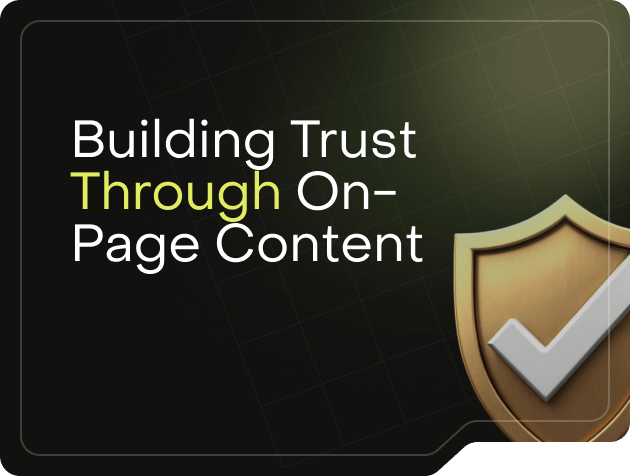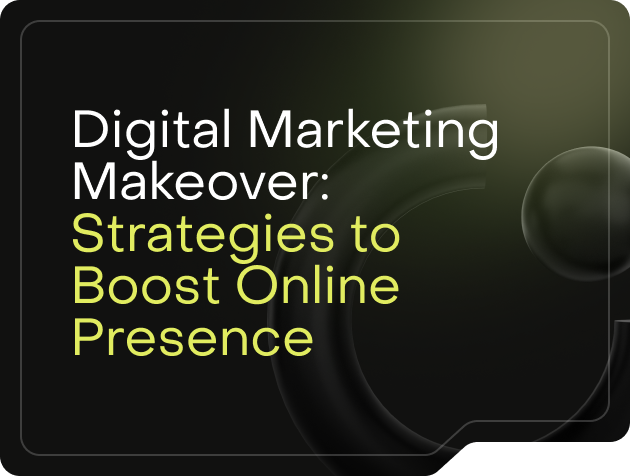AI tools are transforming how users search for brands, products, and expertise online.
Tools like ChatGPT, Perplexity, and Google’s AI Overviews don’t just point people to content. They summarize and paraphrase the information, then decide which source deserves to be the answer.
In this new era, traditional SEO is only half the equation. If your content isn’t structured for AI-driven citation, you’re not just missing rankings — you’re missing relevance.
Here’s how to optimize your content specifically for answer engines, so your expertise doesn’t get overlooked.
What Makes Answer Engines Different from Traditional Search?
Search engines rank. Answer engines recommend.
In a traditional search engine results page (SERP), your content might rank #1, but it still depends on a user click.
In an answer engine, there is no click. The tool chooses a source, summarizes it, and delivers that answer directly to the user.
This distinction matters because:
- Zero-click answers are becoming more common
- AI tools reference content they can trust and understand quickly
- Ranking signals are changing from CTR and backlinks to clarity, structure, and contextual authority
In an environment where visibility depends on how well your content is structured, cited, and aligned with evolving AI search behaviors, it’s no longer enough to simply rank.
Your content needs to present factual authority, clean formatting, and intentional structure that answer engines can easily parse and trust.
How to Structure Content That Gets Cited by Answer Engines
Answer engine optimization (AEO) strategies aren’t about manipulating algorithms or chasing trends. They’re about aligning your content with the core mechanics of how modern answer engines retrieve, evaluate, and cite authoritative information.
When your content is structured for clarity, built for precision, and signals trustworthiness, it naturally earns its place in AI-generated responses.
1. Break Down Answers Using Q&A Blocks
AI tools thrive on modular, digestible data. Q&A formatting offers precisely that.
- Begin with a concise, direct answer to a specific question, ideally in 1–2 sentences
- Follow up with depth: add data points, explain nuance, or contextualize the answer
- Use FAQ schema or structured markup to enhance crawlability and indexing
This technique mirrors how users interact with tools like ChatGPT, and also aligns your content with the summarization behaviors of answer engines.
Pro Tip: Don’t just create new FAQs. Extract them from long-form assets you already have. Turn insights buried in white papers, guides, or interviews into targeted Q&A segments that are more likely to be cited.
2. Use Hierarchy and Schema Strategically
Answer engines analyze structure before substance. A clear hierarchy improves scannability and teaches the model how to group and rank ideas.
- Consistently apply H2s and H3s to define a logical flow
- Leverage structured data like FAQPage, HowTo, Article, and Organization
- Enhance readability with bullets, sub-lists, and numbered instructions
Structured formatting increases your chances of being pulled into AI snippets and zero-click answers. Brands that invest in semantic structure often become preferred sources — not just visible ones.
3. Add AI-Friendly Metadata Like llms.txt
AI tools are expanding their capabilities to discover and train on web content. The llms.txt file gives you the ability to shape that access.
- Add an llms.txt file to your root domain to define model permissions
- Specify which pages LLMs can crawl, reference, or avoid
- Sync these instructions with your robots.txt for complete control
This evolving metadata standard is quickly becoming the language of AI transparency.
Implementing it now shows technical maturity and signals that your site is ready to participate in the future of discovery.
4. Write for Natural Prompts, Not Just Keywords
Answer engines go beyond retrieving search terms to build conversations around user prompts.
This increased level of interaction means you need to make your content mimic that conversational structure by:
- Shaping headers and body text using phrasing that mirrors conversational queries
- Clustering your keywords around intent: “how to,” “what is,” “why does,” etc.
- Including semantic variations and long-tail expressions to expand relevance
Taking a human-first approach makes your content more likely to match the phrasing that AI tools are trained to recognize and retrieve.
5. Format for AI Readability
Visual structure matters just as much as syntax. Think about how your content appears not only to a human reader but also to an AI tool scanning for clean, extractable insights.
- Keep paragraphs short (2–3 lines) to reduce friction in parsing
- Use bolding strategically to emphasize critical takeaways
- Add spacing, bullets, and modular formatting to encourage snippet extraction
Every subheading presents an opportunity to align with an AI prompt. Every list is an opportunity to be the chosen citation.
How to Know If Your Content Is Being Quoted
Once your content is live, the work isn’t done. In fact, one of the most overlooked phases of AEO is post-publication monitoring. Just as traditional SEO requires analytics reviews and performance audits, optimizing for answer engines demands a feedback loop.
You need to understand where your content is showing up, how it’s being paraphrased, and which formats or phrasings are being pulled most often.
Test It Yourself
After publishing, evaluate whether your content is being used or paraphrased:
- Run relevant prompts in ChatGPT, Perplexity, Bing Copilot, and You.com
- Look for phrasing, data, or advice that closely resembles your content
- Track what formats (FAQs, stats, definitions) are being quoted most often
This analysis gives you real-time feedback on what’s being seen and what’s being skipped.
It’s also a critical validation step to ensure that your AEO tactics are translating into real-world AI visibility.
Monitor AI Referral Signals
While answer engines don’t always generate traditional referral traffic, there are indirect signals that can offer insight into performance.
- Use Semrush, Similarweb, or Mention to detect unlinked citations
- Watch for spikes in “direct” traffic from AI-native browsers like Edge and Brave
- Set up branded prompt testing protocols to monitor response shifts over time
These signals are crucial for understanding how AI interprets and presents your brand.
Over time, consistent tracking will help you refine your AEO strategy and capitalize on what’s working across different platforms.
Work With AVINTIV to Become the Source, Not Just the Site
As AI continues to reshape digital discovery, content that reflects expertise, structure, and intentionality will outperform content that merely meets an SEO requirement.
The brands shaping the next era of online visibility are building for retrieval, not just ranking.
Want to lead the AI era, not follow it?
Partner with AVINTIV to optimize your site for both search engines and answer engines.









